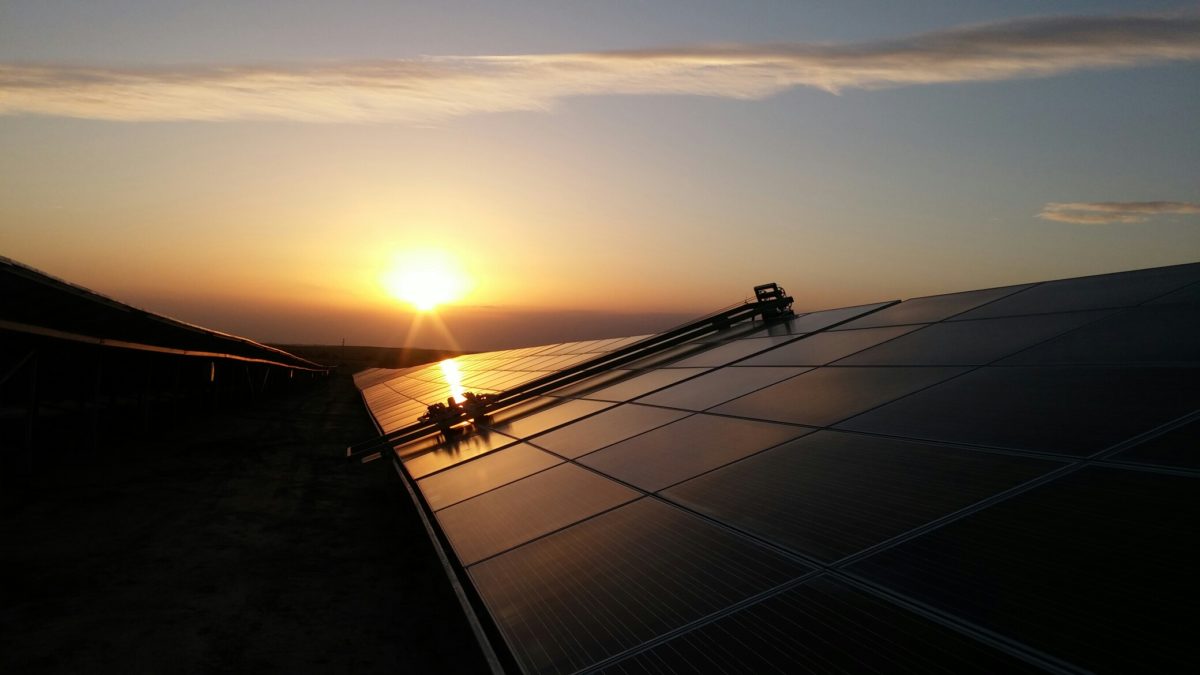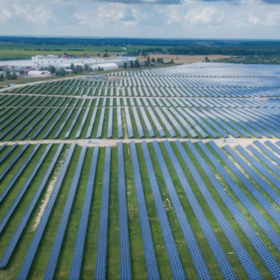India’s strong actions to advance its energy transition have relied heavily on domestic bank debt. Preliminary domestic requirements to implement national climate plans add up to more than US$2.5 trillion between 2015 and 2030. This translates to at least US$170 billion per year. To put this in perspective, the total revenue budget of the central government in 2018 was US$ 360 billion.
In order to mobilise such large pools of capital, the clean energy markets will need to access multiple new sources of capital, and continue to attract capital from multilateral development banks, climate funds, and international capital markets through bonds, at an accelerated pace.
The problem: Uneven access to capital
Indian public financial institutions and commercial banks provided an estimated 40% of total financing to the clean energy sector in 2017, yet the bulk of financing was through direct lending to large-scale projects. Only a meagre share of the investment was designed to crowd-in other financiers through catalytic solutions. However, in order to access new sources of capital, the role of such market-making investments cannot be overlooked.
The problem of access to affordable capital is further exacerbated for smaller-scale clean energy projects in underserved market segments such as decentralised renewable energy application and rooftop solar.
Despite high recent growth rate, India had an installed capacity of merely 3.8 GW of rooftop solar by March 2019—less than 10% of the ‘40 GW by 2022’ target. When compared to the meteoric rise in capacity in utility-scale renewables, the rooftop story falls short. This can be attributed to developers being unable to access long-term, reasonably priced debt capital.
Similarly, emerging technologies that are the next generation of clean energy solutions, such as battery storage, electric vehicles, and solar-wind hybrid technologies, also need policy focus to establish local “bankability” to increase comfort for lenders. Without a policy focus on accelerating this process, financing will not keep pace with government targets and will thwart consumer demand.
Green windows, the solution
To be more effective in mobilising commercial capital, especially for underserved markets, public institutions can and must play a role in crowding in commercial investment.
An emerging solution is to set up institutional mechanisms—called “green windows”—specifically for the purpose of catering to segments of the market that do not attract commercial capital at competitive terms. This is critical not just to advance India’s energy transition but also to ensure inclusive market growth.
Green windows are special institutional structures that could be set up within leading public financial institutions, such as the Indian Renewable Energy Development Agency (IREDA). Given the nodal position that IREDA plays in the clean energy financing ecosystem, a dedicated green window within IREDA, developing and deploying catalytic finance instruments to address real and perceived market risks, could signal deep market commitment and make India’s clean energy markets attractive to investors from around the globe.
Components
Each green window would have three main components.
First, a clear mandate to mobilise additional private capital to expand the clean energy market. It would supplement and deepen the clean energy related technical, financial, and market-building capacities of its host financial institution. Each green window would have a dedicated team, combining expertise in clean energy and experience in developing risk mitigation products, capital markets, project finance, deal structuring, and credit appraisals.
In addition to its transactional work, each green window would be a trusted informational platform for information on reducing perceived risk and transaction costs and educating banks and other investors about the risks and opportunities presented by the sector.
Second, each green window would have access to a dedicated pool of low-cost capital, to be used for implementing risk mitigation products (e.g., first- or second-loss credit guarantees). These products would catalyze investments by private and international investors, such as domestic banks, non-banking financial companies, institutional investors and foreign investors. Low-cost risk mitigation products will help private sector banks offer competitively priced loans to underserved clean energy markets.
Third, each green window would be evaluated by the government and its host institution on its ability to grow the market and increase private investment in its targeted subsectors. In a rapidly evolving market, the functions of the green window will also have to evolve in order to be market responsive.
The time has come
India’s energy transition cannot be achieved at the targeted pace, or in an inclusive manner, without a mechanism that focuses on orderly market growth. In order to create depth in clean energy markets, and display value to citizens and investors alike, all critical sub-sectors need to be adequately financed.
Innovative business models using new technologies need new financial institutions to support them to reach scale. Green Windows can fulfil this mandate with their dedicated market-making focus, special-purpose funding, and mission-driven expert teams. The time has come for India to have green windows for streamlined financing of drivers of a green economy.
Poonam Sandhu is Financial Sector Specialist and India Team Lead at the Natural Resources Defense Council (www.nrdc.org/india). Kanika Chawla is Director, CEEW Centre for Energy Finance (www.ceew.in).
The views and opinions expressed in this article are the author’s own, and do not necessarily reflect those held by pv magazine.
This content is protected by copyright and may not be reused. If you want to cooperate with us and would like to reuse some of our content, please contact: editors@pv-magazine.com.








The content in the article sends a message to reader that at present, in India the system runs without an inclusive provision which is incorrect. Tamil Nadu and Karnataka have dedicated green energy corridors for every segment and sphere of construction till integration with main grid and this has dedicated and separate funding arrangement through a distinctly different institution. Utilities in TN and KN have worked hard and developers are fully aware of it having been the driving force for utilities to realize the importance of dedicated network for green energy network and its funding.
Dedication, focus are the hallmarks for the success of any scheme. Several mega projects in India have had inordinate time and cost overruns by virtue of not recognizing the importance. Once bitten twice shy. India can ill afford to delay this, if special purpose funding is not available in some states.